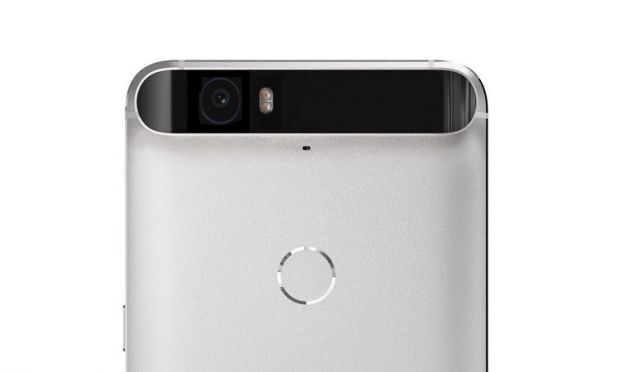Yesterday was a big day for fans of Google, as their favorite company unveiled its next-gen Nexus flagship, called the Nexus 6P. The phone arrives to replace last year’s Nexus 6, but interestingly, it features a smaller 5.7-inch display.
So if you went out and bought a Nexus 6 back in 2014, which we all know was pretty expensive, the question arising today is whether the Nexus 6P is worth the upgrade or you should be sticking to your Nexus 6 for a while still. In what follows, we’re going to try to help you make a decision.
Design - the Nexus 6P is clearly sleeker
Design differences between the two phones are pretty major. For starters, the Motorola-made Nexus uses an arched plastic casing on the back with a metal frame to contour the sides.
By contrast, the Huawei Nexus 6P is the first in the lineup to sport an all-metal exterior featuring aircraft-grade aluminum and is overall narrower, thinner and lighter than its predecessor.
However, the Nexus 6P has worse screen-to-body ratio than the Nexus 6, 71.77% in comparison to 74.03%, which means the Huawei phone will less efficient in handling the frontal real estate.
But bottom line, we guess that it all boils down to personal preferences when it comes to design. However, once thing is pretty clear: the Nexus 6P does look and feel more premium.
Display - same resolution, different sizes
The Nexus 6P arrives in the wild with a 5.7-inch AMOLED display with QHD resolution (1440 x 2560 pixels), while the Nexus 6 relies on a 6-inch screen with the same res.
The difference in form factor means that the Huawei Nexus has a sharper display boasting 518ppi instead of 493ppi. Both phones are protected by Gorilla Glass, with the mention that the Nexus 6P boasts the latest standard (Glass 4), while the Nexus 6 takes advantage of last year’s standard (Glass 3).
Processor and memory - a mixed bag
Everyone knows that the Snapdragon 810 is one of the most ill-fated chipsets Qualcomm has ever produced, as the SoC has a tendency to overheat that just couldn’t be fixed by its maker.
Still, Google decided to implement the Snapdragon v2.1 (revised version) into the Nexus 6P, and all we can say is that we hope Huawei took some precautions to help prevent the phone from getting too warm. But we won’t know for sure how the Nexus 6P performs in real life until the phone starts shipping out to customers.
As for the Nexus 6, the phone is powered by a Snapdragon 805, which is not the best the silicon market has to offer, but still remains a worthy chipset that can sustain most of your activities.
Camera - an important upgrade comes with the Nexus 6P
Google talked a lot about the camera on the Nexus 6P during the presentation, explaining that the device features a 12.3MP camera on the back (with 1/2.3-inch Sony IMX377 sensor) that has f/2.0 lens and 1.55-micron pixels. We were told that this particular sensor was actually intended for compact point-and-shoot camera and that the Nexus 6P is the first to be benefiting from such a technology.
It can shoot 4K video and 240 fps slow-motion ones too and boasts a laser-assisted auto-focus. The selfie shooter on board of the Huawei Nexus is of the 8MP variety.
The Nexus 6 is a bit less impressive in this department, featuring a 13MP camera with f/2.0 aperture and a pretty standard 2MP selfie shooter.
Fingerprint scanner - a new feature
The Nexus 6P is the first Nexus phone to actually come with a fingerprint scanner. Motorola had in plan to include one in its Nexus 6, but scraped off the idea before the handset was released into the wild.
The scanner will help you with authentication but also with making payments via Android Pay.
Battery - the Nexus 6P should last longer
The Nexus 6P is based on a 3,450mAh battery, while the Nexus 6 comes with a smaller, 3,220mAh one. Taking into account the fact that the Nexus 6P also features a 5.7-inch display instead of a 6-inch one, the phone should indeed last you longer.
So, should you upgrade?
Given what we've told you so far, it seems like the Nexus 6P does bring enough new features to be considered a worthy upgrade. The phone also bundles a USB Type-C port, which the Nexus 6 does not have, and is offered in 32GB, 64GB or 128GB storage variants. Pricing starts at $499 / €444.

 14 DAY TRIAL //
14 DAY TRIAL // 

